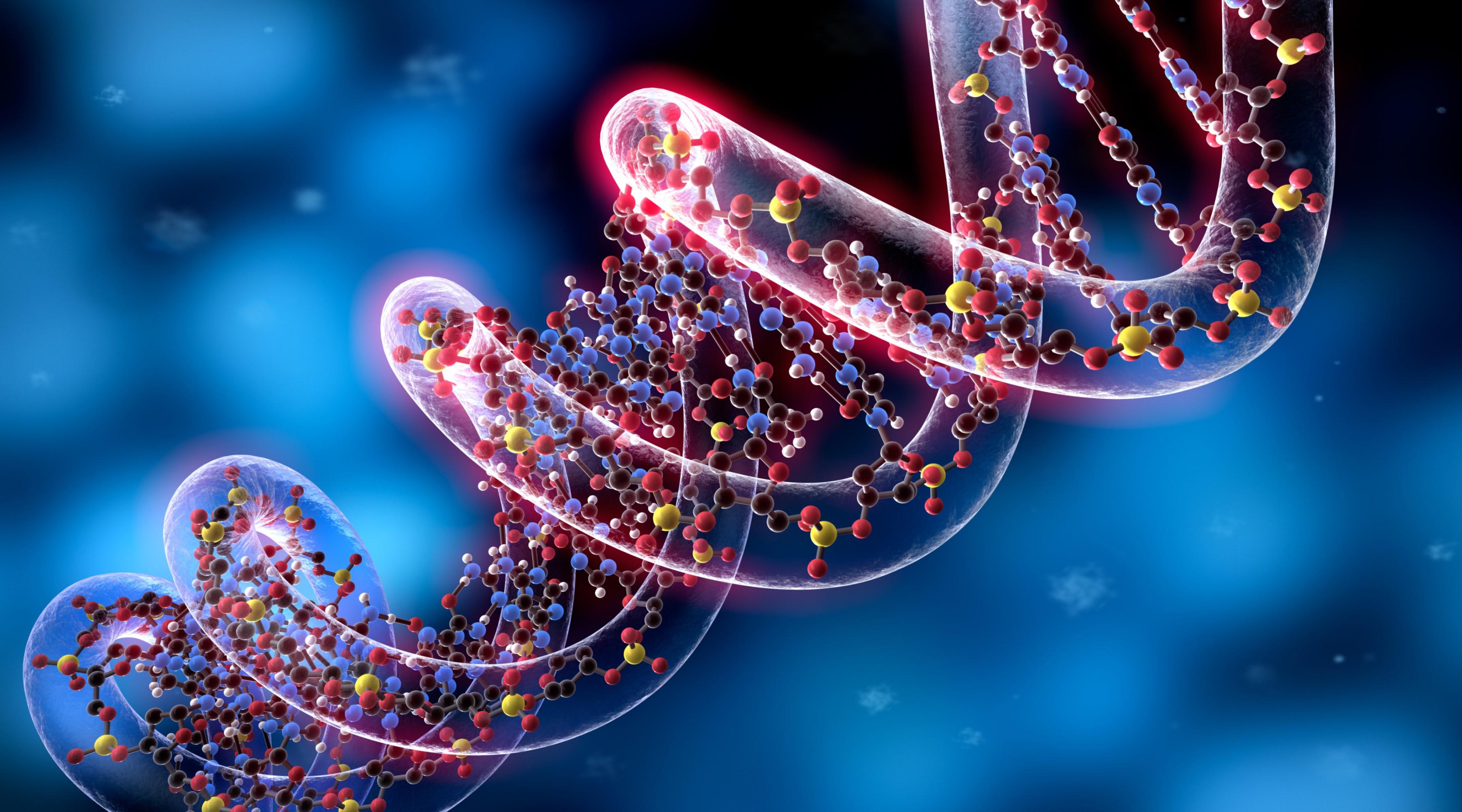“If you ask me, this is the main cause of systemic aging in the whole body,” says co-author and molecular biologist Jan Hoeijmakers of the Erasmus University Medical Center, Rotterdam; the University of Cologne; and Oncode Institute/Princess Maxima Institute, Utrecht.
Aging is associated with changes at the molecular, cellular, and organ levels, and these changes are thought to stem from DNA damage resulting from cumulative exposure to harmful agents or reactive oxygen species that are generated by our metabolism. Research on which genes are more susceptible to aging has shown no clear patterns in terms of gene function, rather susceptibility appears to be more linked to the gene’s length, according to the researchers.
“For a long time, the aging field has been focused on genes associated with aging, but our explanation is that it is much more random — it’s a physical phenomenon related to the length of the genes and not to the specific genes involved or the function of those genes,” says co-author Ander Izeta of the Biogipuzkoa Health Research Institute and Donostia University Hospital, Spain.
Long genes have more potential for sites that could be damaged, and because some cell types tend to express long genes more than others these cells are more likely to accumulate DNA damage as they age. Additionally, cells that don’t divide or those that very rarely divide appear to be more susceptible to damage compared to rapidly replicating cells because these long-lived cells have more time to accumulate DNA damage and they must rely on a DNA repair mechanism to fix them while rapidly dividing cells are typically short-lived.
Neural cells express long genes, and they are also slow or non-dividing making them especially susceptible to the phenomenon, according to the researchers who highlight the link between aging and neurodegeneration. Genes involved in preventing protein aggregations in Alzheimer’s disease are very long, and pediatric cancer patients cured by DNA-damage chemotherapy go on to suffer from premature aging and neurodegeneration.
“Many different things that are known to affect aging seem to lead to this length-dependent regulation, for example, different types of irradiation, smoking, alcohol, diet, and oxidative stress,” says co-author Thomas Stoeger of Northwestern University.
“Of course, you never know which came first, the egg or the chicken, but we can see a strong relationship between this phenomenon and many of the well-known hallmarks of aging,” says Izeta.
As with anything you read on the internet, this article should not be construed as medical advice; please talk to your doctor or primary care provider before changing your wellness routine. This article is not intended to provide a medical diagnosis, recommendation, treatment, or endorsement. These statements have not been evaluated by the Food and Drug Administration.
Content may be edited for style and length.
References/Sources/Materials provided by:




